Lee County


How do you communicate value of a single park or of an entire park system? Most commonly, parks and recreation agencies will define quantitative metrics, collect data, and supplement that effort by articulating qualitative benefits. Some common quantitative metrics include the number of people, number of programs, number of facilities, amount of revenue, and amount of expenditures. Qualitative benefits may include some positive general statistics relating to the areas of mental and physical health, quality of life and environment.
As Albert Einstein once said, “Not everything that counts can be counted, and not everything that can be counted counts”. Meaningful and accurate reporting is one of the most important methods to communicate value. Common reporting methodologies focus on data that is easily collected, but has little correlation to the substantial community, bigger impacts that, in reality, a park ignites. If reports are difficult to assimilate, then they have a lower chance of actually being created. If there is no connection to a broader community context, then they are not delivering comprehensive meaning.
Demonstrating how parks add value to your community in larger areas of community impact is one of the primary areas that should be in focus as agencies maintain and develop community assets. If stakeholders and decision makers fail to see the value in parks, arguably, there is no value. Reporting should ensure that no one is unaware of the impacts that are delivered, not just be an historical accounting.
What if your reports could be specific, accurate, evidence based and would show the value of a single park or park system in terms of dollars in areas of significance? Do you think that would be an effective way to report?


Linked sites are NOT under the control of FRPA. FRPA is not responsible for the contents of any linked site. FRPA is providing these links as a convenience, and the inclusion of any link does not imply FRPA’s endorsement of the site, product or service.